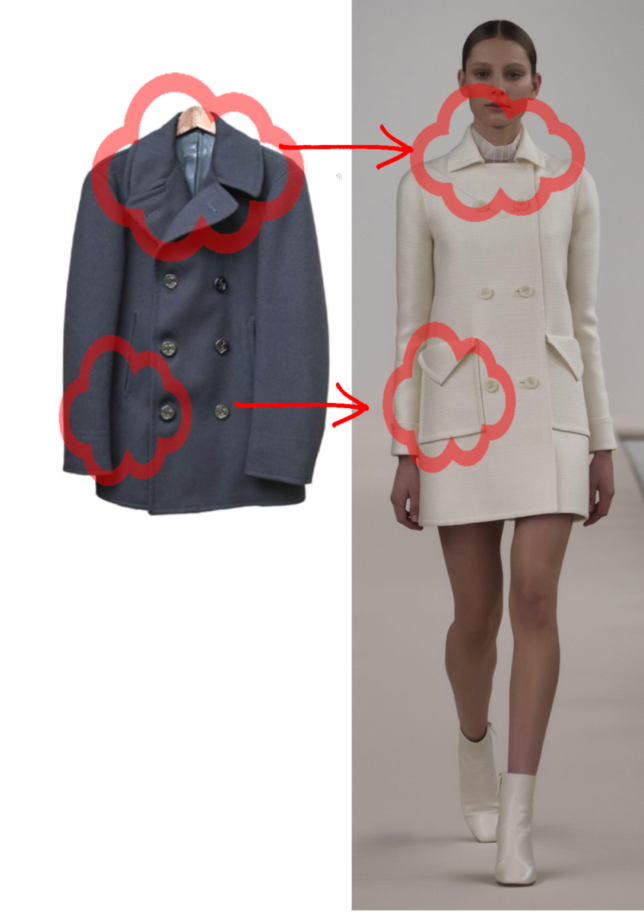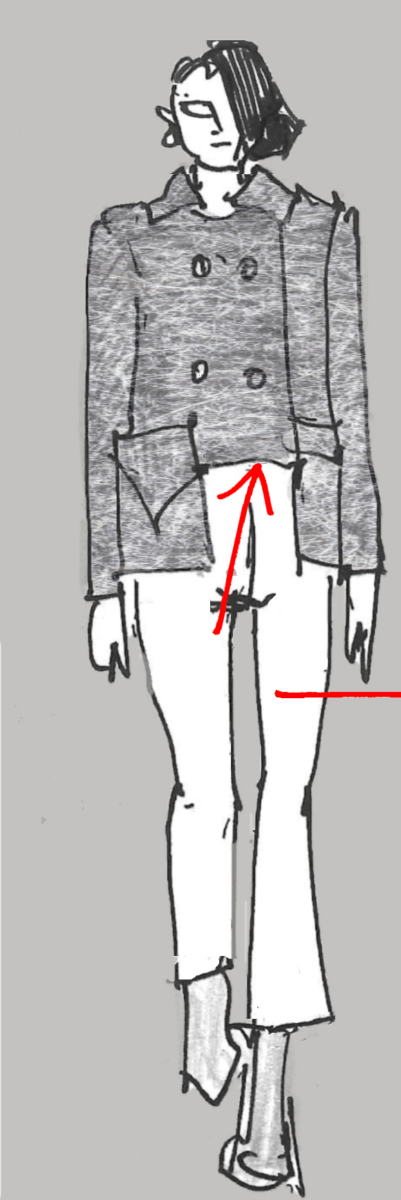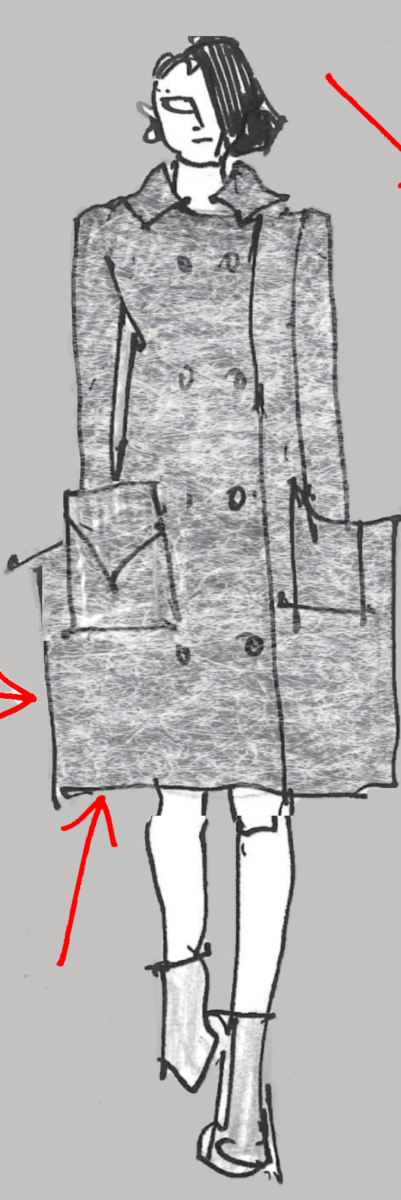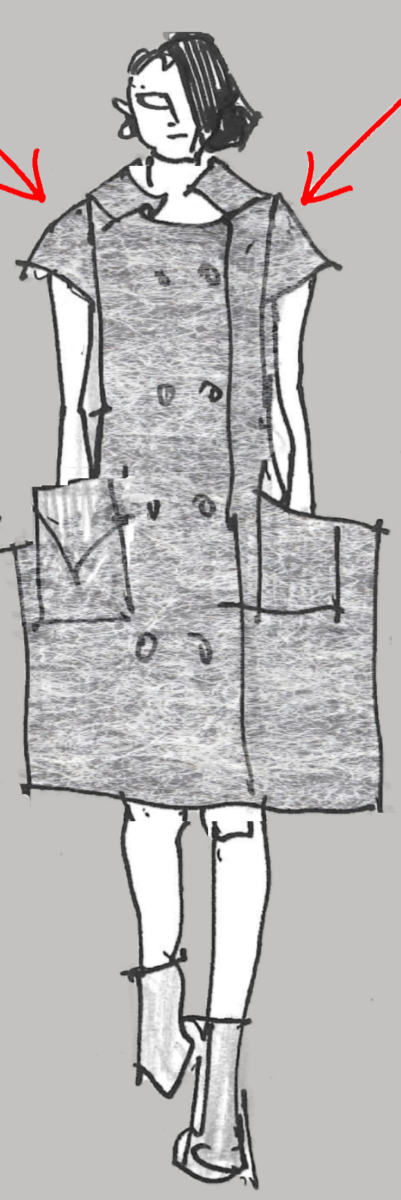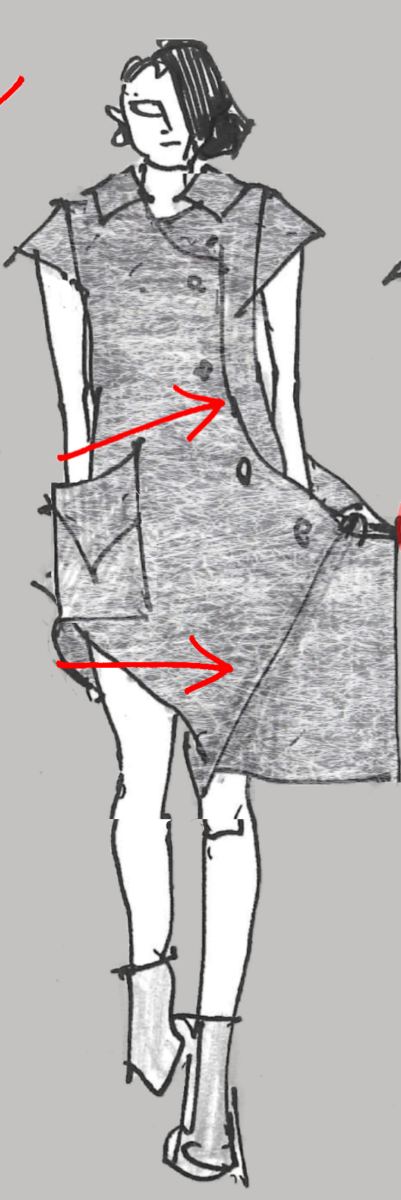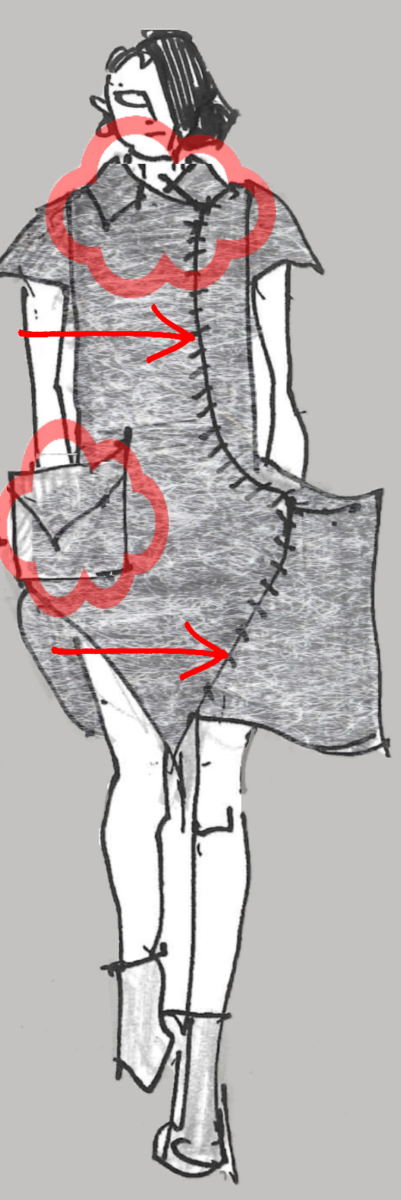Test fashion page
The fashion industry works to a fairly predictable rhythm.
What is less well understood is how a concept or theme that will determine future mainstream tastes can often appear in the minds of those working at the highest, most innovative levels of fashion at apparently the same time.
Nevertheless, a well-received, innovative design concept introduced in the catwalk fashion world of haute couture will inevitably filter its way down to find its way into mainstream street fashion shops in what in the fashion world is now a well-understood set of stages.
Our aim here is to illustrate those steps in the manner in which Hiromi as a designer learnt them through her fashion-design school training.
Once introduced via the catwalk shows of Paris, London, Milan, New York and Tokyo, the top designers’ innovations are then picked up by second group who will transition their concepts for production at a less exclusive greater scale, in high-end pret-a-porter ranges to be sold through exclusive channels of distribution.
Famous fashion brands such as Emporio Armani, D&G, Versace, Gucci and YSL, do not want to miss out on the season’s hottest trends but still want to create their own designs for distribution through these channels.
To do this successfully and reliably, they use the five-step method of design development we depict here.
As a fashion cascades down into the real world of mass production, to be accepted by the larger market, the target buyer becomes less specific and detail often has to be eliminated and materials substituted because of pricing constraints.
The pea coat journey
Here, we aim to illustrate Hiromi’s staged process for delivering a new fashion design, tracing its journey from a piece’s original conception to its reappearance many years later, via catwalk fashion, ultimately into mainstream, popular fashion stores.
Resurgence on the catwalk
The revisitation of the pea coat as a high-fashion female catwalk garment as shown here came in the winter of 1980-81. At that time, military themes were apparently predominant in the minds of the leading fashion designers of the day.
The origins of the pea coat actually lay in a male overcoat generally made from a heavy wool and worn by sailors of European and later American navies.
Its design is distinguished by its short length, broad lapels, double-breasted front, and often featuring large buttons and vertical or slash pockets.
Wikipedia suggests that references to the pea coat appear in American newspapers at least as early as the 1720s.
The original model shown here is probably of circa 1950 vintage.
Coming abruptly back to fashion, in the implementation depicted here, the heavy wool fabric has been retained.
The stages of design taken to articulate its transition to its final stage, at change five, as an autumn and spring dress, would never be seen by the public. The purpose here is only to trace each of the incremental single-step stages required of the designer beyond its initial reintroduction to bring it to that point.
The garment now manifests as a woman’s overcoat, whose short length has been retained.
Its broad lapels have been replaced by a round collar, but its double-breasted front has been kept, as have its large buttons. However, slashed pockets are now replaced with patched pockets.
Change one
This step sees the jacket cut to a shorter waist length and made straight.
Change two
A ridge of excess fabric is added around the edges which sticks out from the body.
Change three
Sleeves are cut short.
Change four
Where previously, the jacket was double-breasted, this has now been replaced by a non-symmetric breast front, dramatically changing the coat’s appearance.
Change five
From being a coat, the evolution to a dress is now complete with a zipper replacing its former large buttons, but its military origins still clearly visible.
